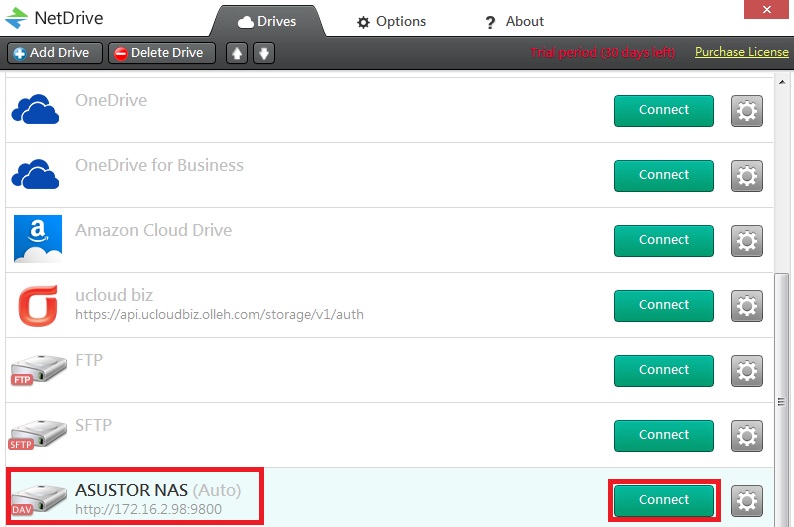

Each document in a directory has a URI that includes the directory URI as a prefix. A directory must exist in order to view (via a WebDAV client) any documents in that directory (just like in a filesystem, where you must navigate to a directory in order to access any files in that directory). For information on using security features in MarkLogic Server, see Security Administration and the chapters related to security in the Application Developer's Guide.Ī WebDAV directory is analogous to a file system directory.

You can achieve such granular access control to the system and to the data through the use of privileges and permissions. For example, if you want everyone to log in as guest, where guest has both read and write privileges and has a predefined set of default privileges, set the authentication scheme to application-level and set the default user to guest.īecause users who have write permissions to the database on a WebDAV server can load documents into the database via a WebDAV client, be sure to configure appropriate default permissions on those users so that documents they load (for example, by dragging and dropping files into a WebDAV folder) have the needed permissions for other users to read and write, according to your security policy. You can configure application-level security if you want everyone who accesses the WebDAV server to effectively log in as the same user with no password. (Each WebDAV server is connected to a database, and each database is in turn connected to a security database in which security objects such as users are stored.) The server authenticates users with user IDs and passwords stored in the security database for that WebDAV server, and the server controls access to objects in the database with privileges and roles. WebDAV servers follow the MarkLogic Server security model, as do HTTP, ODBC, and XDBC servers. For an example of this configuration, see Example: Setting Up a WebDAV Server to Add/Modify Documents Used By Another Server.
Set up a webdav server in windows 10 code#
Then, you can edit code from the WebDAV server that executes from an HTTP, ODBC, or XDBC server. You can, however, configure a database as the Modules database of an HTTP, ODBC, or XDBC server and you can configure the same database for access from a WebDAV server. Unlike an HTTP server, there is no Modules database for a WebDAV server. When accessing a database via a WebDAV server, you cannot execute XQuery code. When you add a document via a WebDAV client (by dragging and dropping, for example), you are actually loading a document directly into the database. The database is also accessible via WebDAV clients for reading, modifying, deleting, and adding documents. Documents stored in that database are accessible for reading via HTTP. In the Admin Interface, you configure a WebDAV server to access a database. When a document is read or written via WebDAV, all of its associated data, such as properties, metadata, collections, and so on are also transferred with the document. Each WebDAV server provides access to a single database for reading and writing (dependent on the needed security permissions). In MarkLogic Server, WebDAV servers are defined at the group level and apply to all hosts within the group. → Learn how MarkLogic simplifies data integrationĭatabase Documents, graphs, relational dataĪccesses a Database for Read and Write, Not XQuery Execution


 0 kommentar(er)
0 kommentar(er)
